Most people print their letters, term papers, reports, etc… and don’t give a second thought to how their printer works. All they care is that their printer works when they want it to work and that the final product is crisp and clean and professional looking. That’s most people… there are a few, however that wonder how the text gets on the paper. This post is for you.
Gary Starkweather, an American Engineer and inventor most notable for the invention of the laser printer and color management. In 1969, Starkweather invented the laser printer at Xerox’s Webster research center. Wikipedia Born: 1938 Not to be confused with Arthur Schawlow, a physicist at Bell Labs who invented the laser.
A print job begins when information from a computer is received by the printer, which sends it through a central controller, a small computer inside the printer. Many laser printers have a controller that is capable of handling several jobs at once, putting them in a holding area or queue and then printing them. After the controller has determined what is going to be printed, the process begins.
In the first stage of printing, a negative charge on the toner cartridges’ drum surface by the cartridges’ primary charge roller or PCR. This is the same principle at work as static electricity, the same energy that makes clothes stick together when they come out of the dryer is basically the same negative charge that causes the toner to cling to the cartridges’ drum surface.
Then the laser in the printer will discharge this negative or “draws” the letters and images to be printed wherever it shoots its laser onto the drum. Then wherever the drum has been discharged by the laser, will pass in front of the developer roller of the cartridge. The developer roller coupled with a charge from the printer’s high voltage power supply will apply the toner to the surface of the drum. Then the drum will turn the toner to the paper in the printer. By a positively charged transfer roller in the printer, the toner will come off in the form of the image onto the paper.
After the pattern is set, the printer coats the drum with positively charged toner — a fine, black powder. Since it has a positive charge, the toner clings to the negative discharged areas of the drum, but not to the positively charged “background.” This is something like writing on a can with glue and then rolling it over some powdered sugar: The sugar only sticks to the glue-coated part of the can, so you end up with a message written in sugar.
Finally, the printer passes the paper through the fuser, a pair of heated rollers. As the paper passes through these rollers, the loose toner powder melts, fusing with the fibers in the paper. The fuser rolls the paper to the output tray, and you have your finished page. The fuser also heats up the paper itself, which is why pages are always hot when they come out of a laser printer.

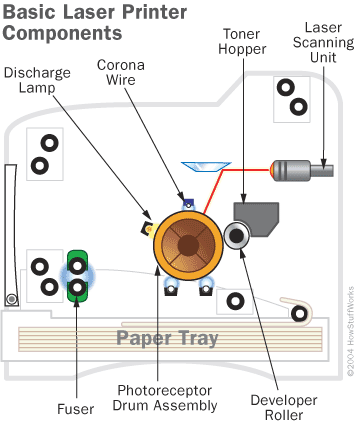
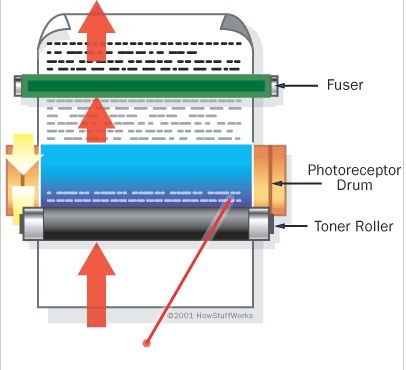
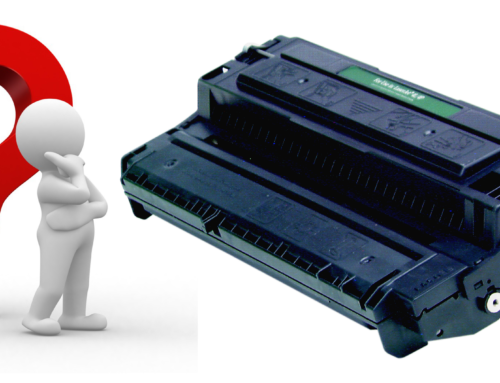
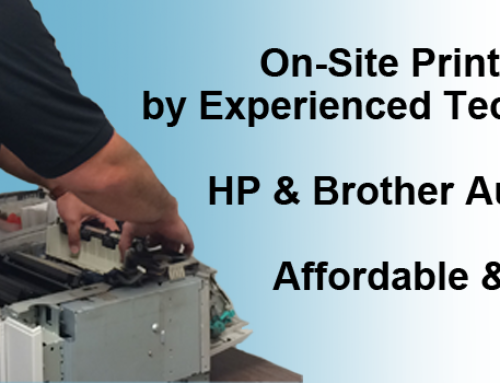

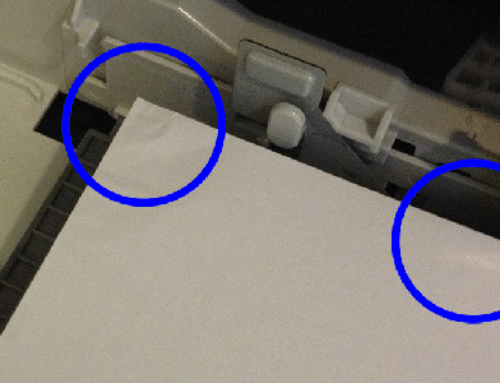
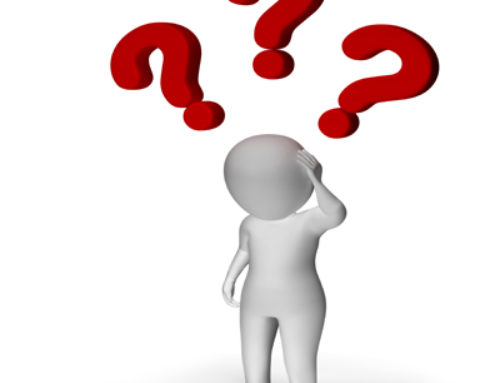
Leave A Comment
You must be logged in to post a comment.